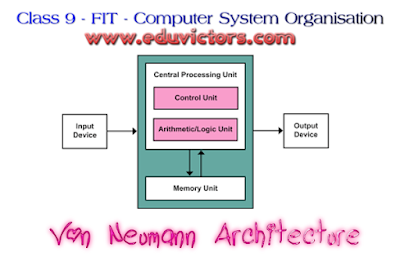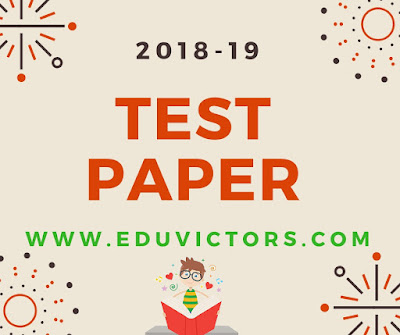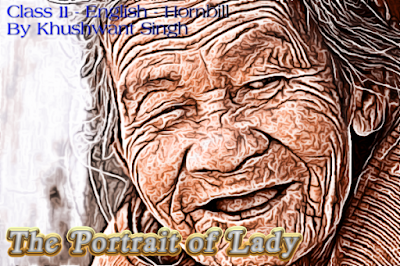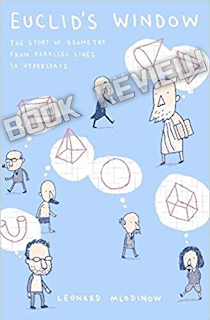Computer System Organisation
Very Short Answer Type Questions
Q1: Name the most commonly used input device.
Answer: Keyboard is the most commonly used input device, which can also be used to type commands directing the computer to perform certain actions.
Q2: Explain the main advantage and disadvantage of an OCR?
Answer: The main advantage of an OCR is the ability to scan the characters accurately. The disadvantage of an OCR is the limited number of characters offered by it.
Q3: Why do we use a webcam?
Answer: A webcam is basically used for capturing a series of digital images that are transferred by the computer to a server and then displayed to the hosting page.
Q4: Name the memory (Primary/Secondary)with the following features:
- If the current is interrupted, data is lost.
- Before a program is ready to run, the program is loaded into this memory, which allows the CPU to directly access the program.







